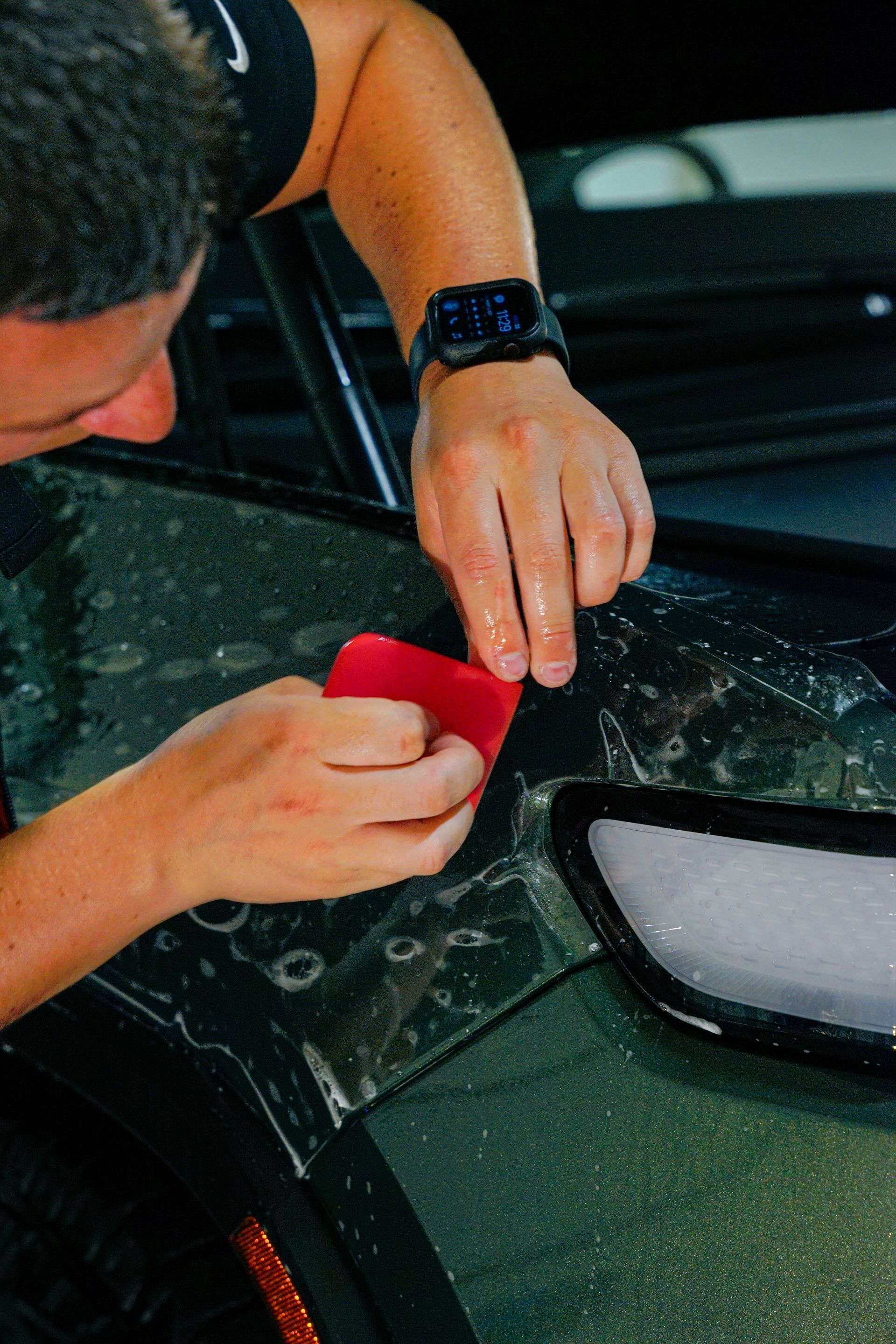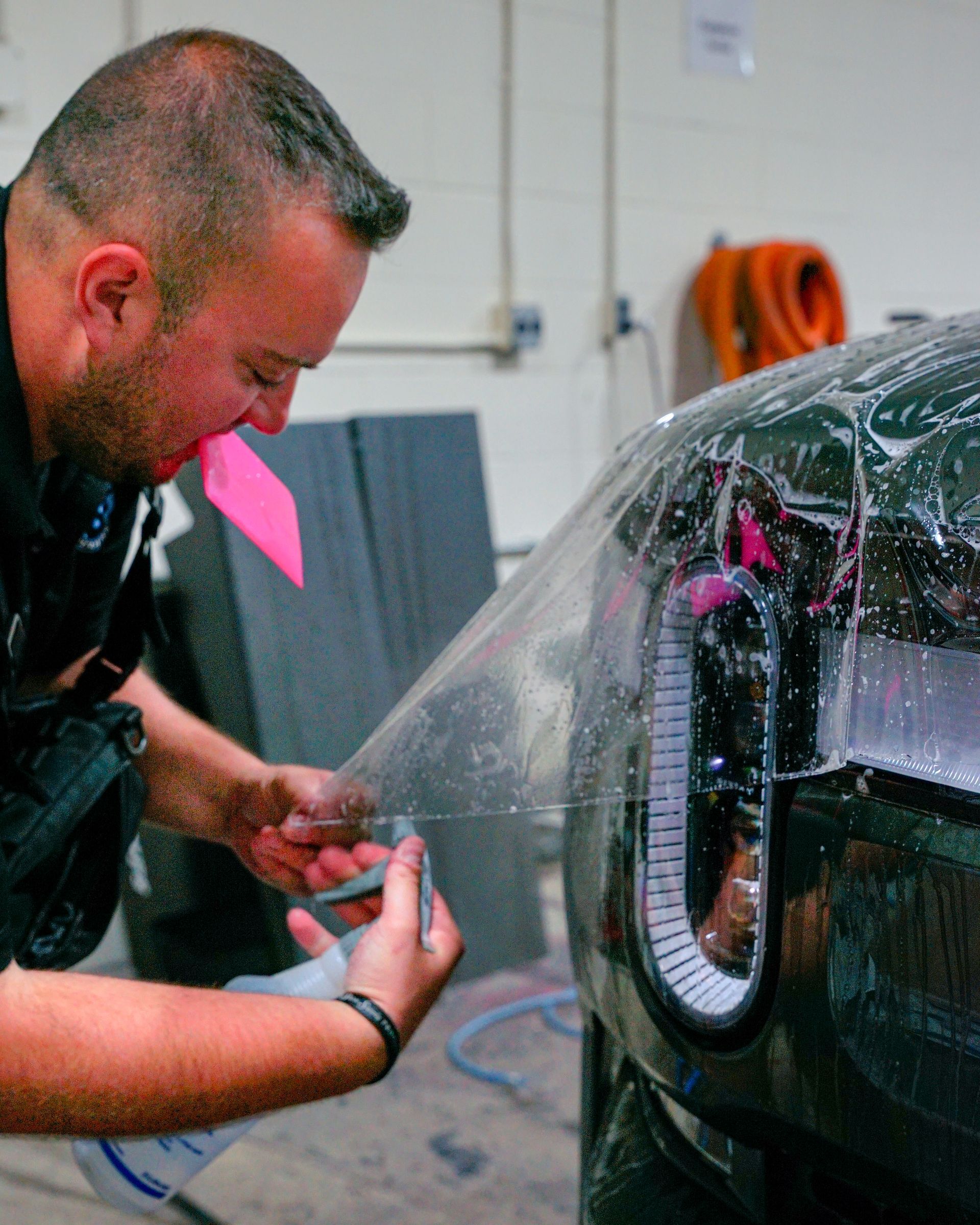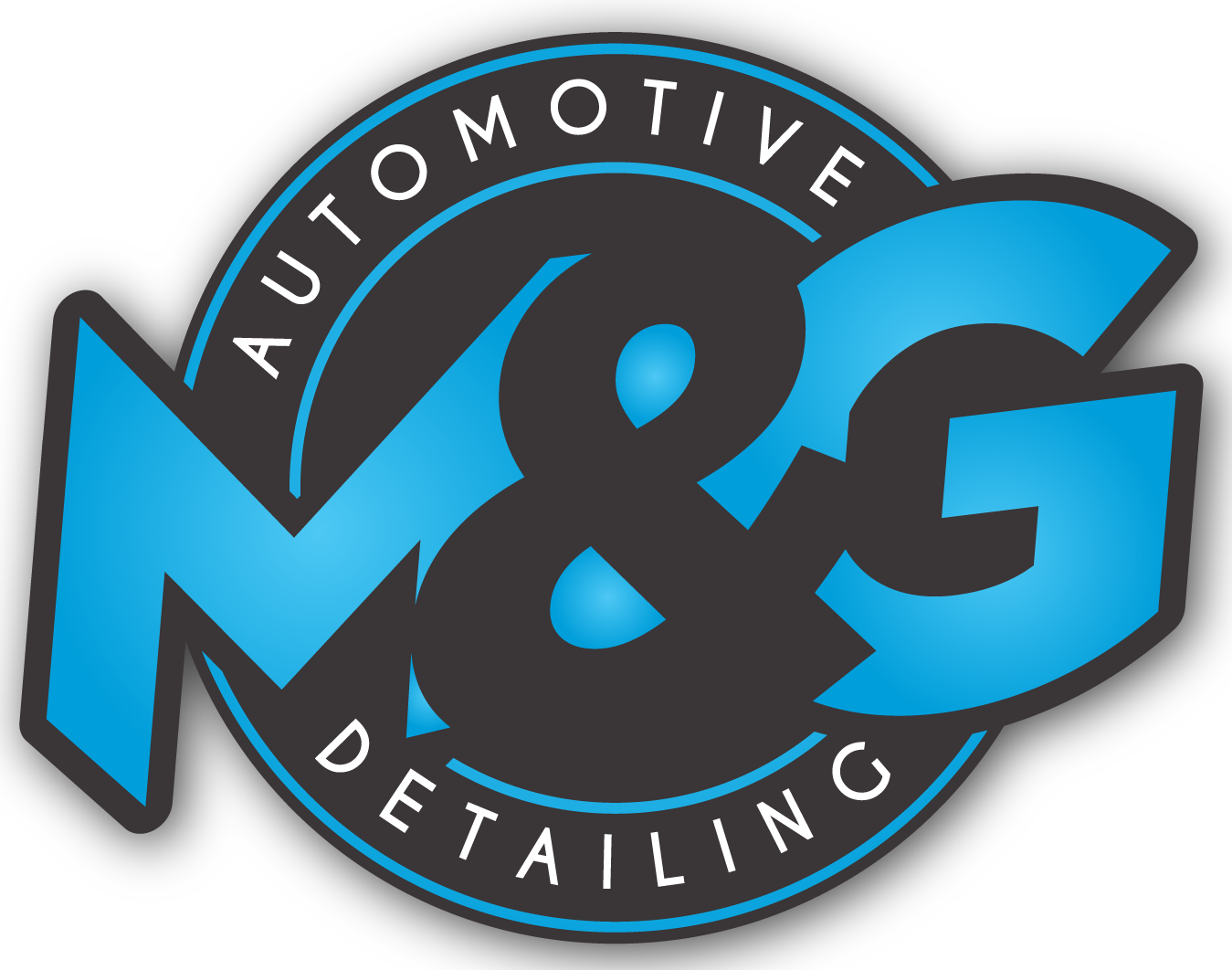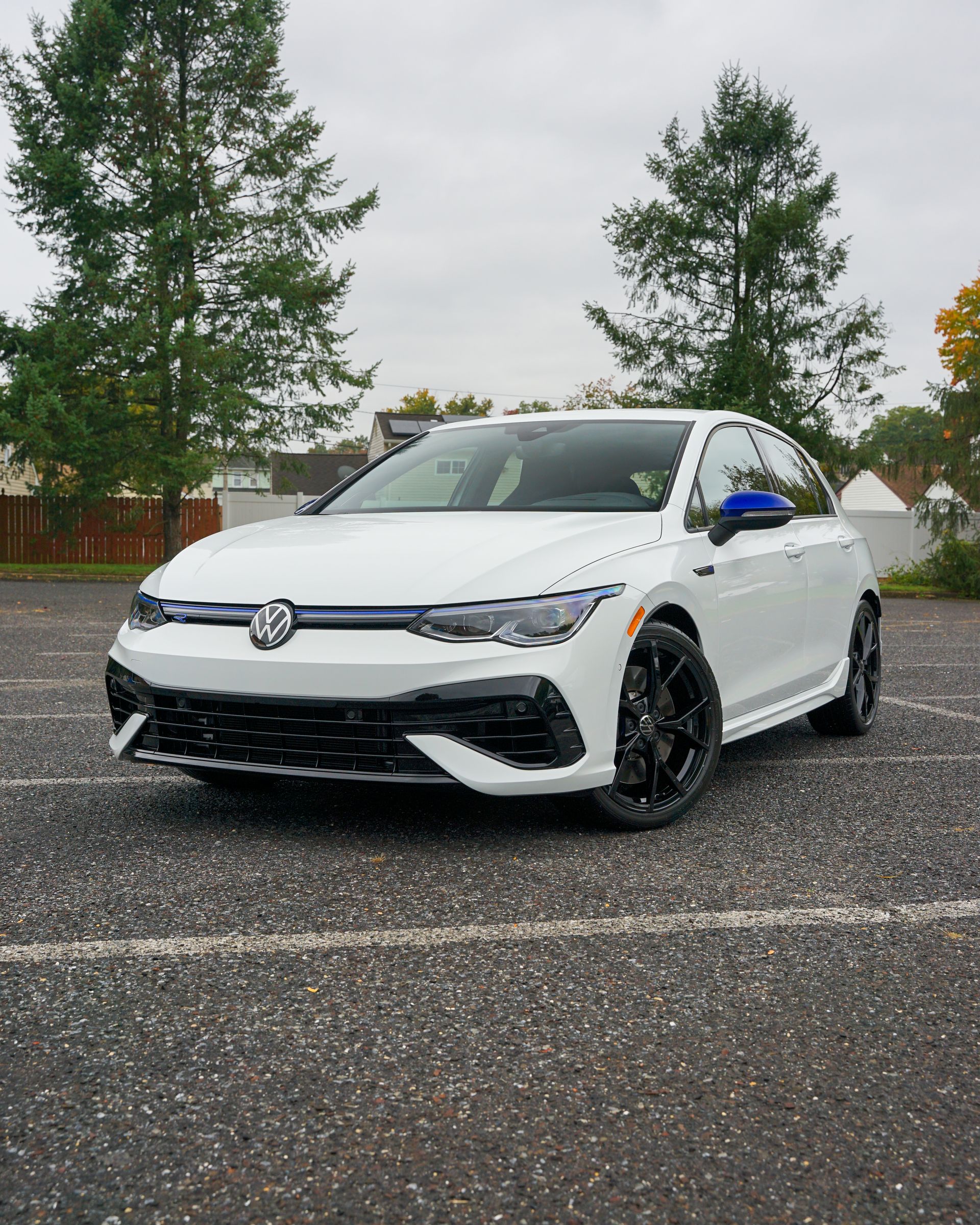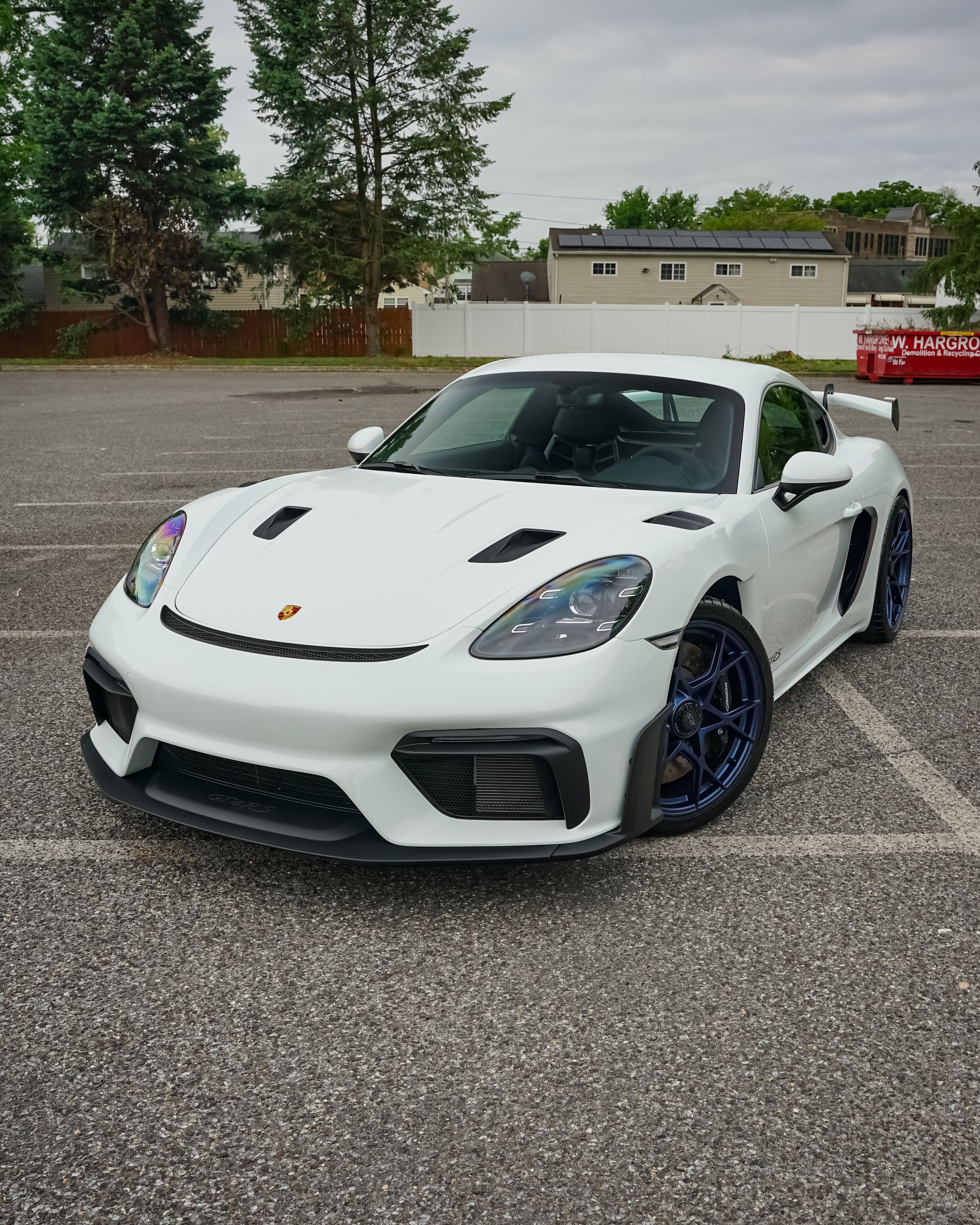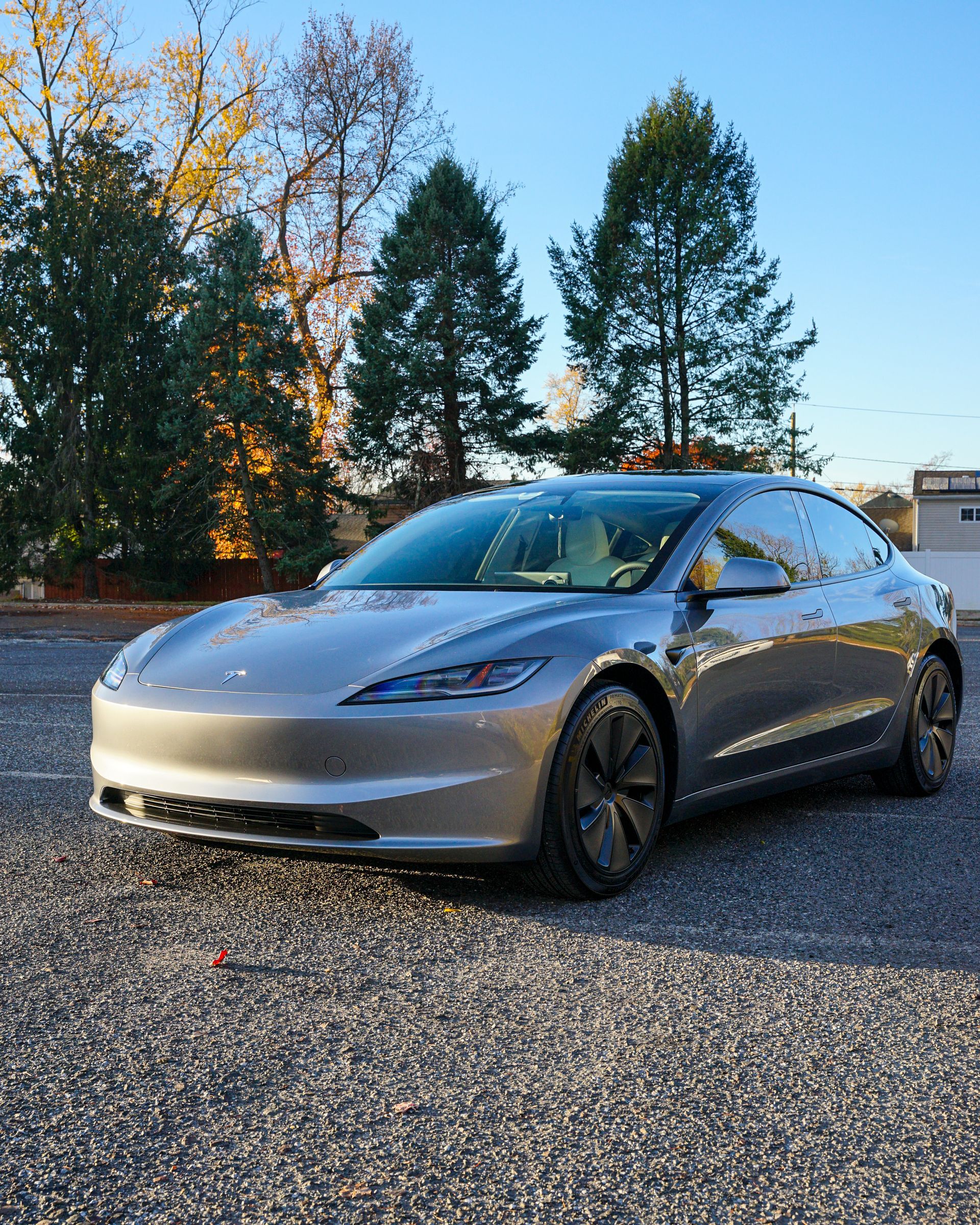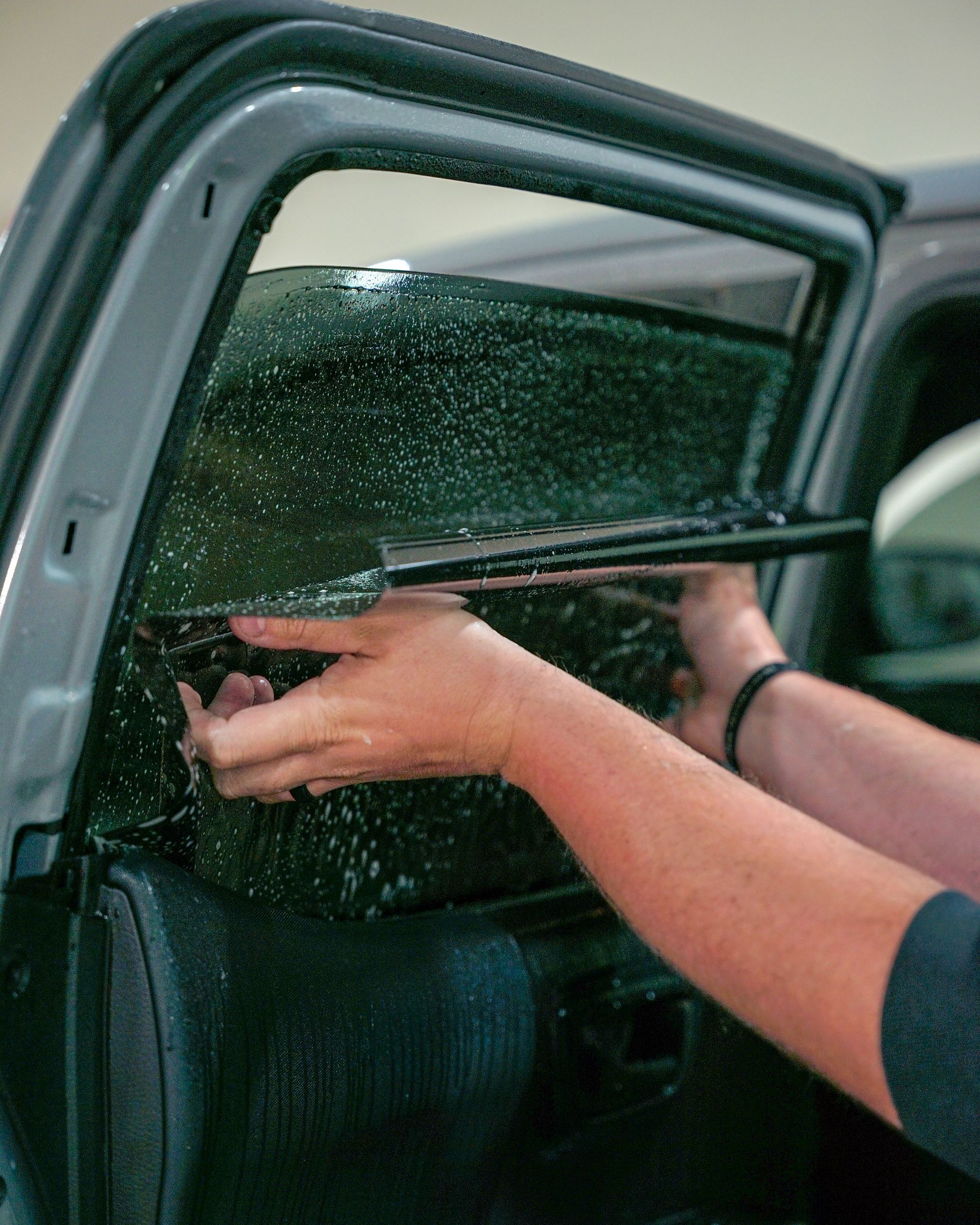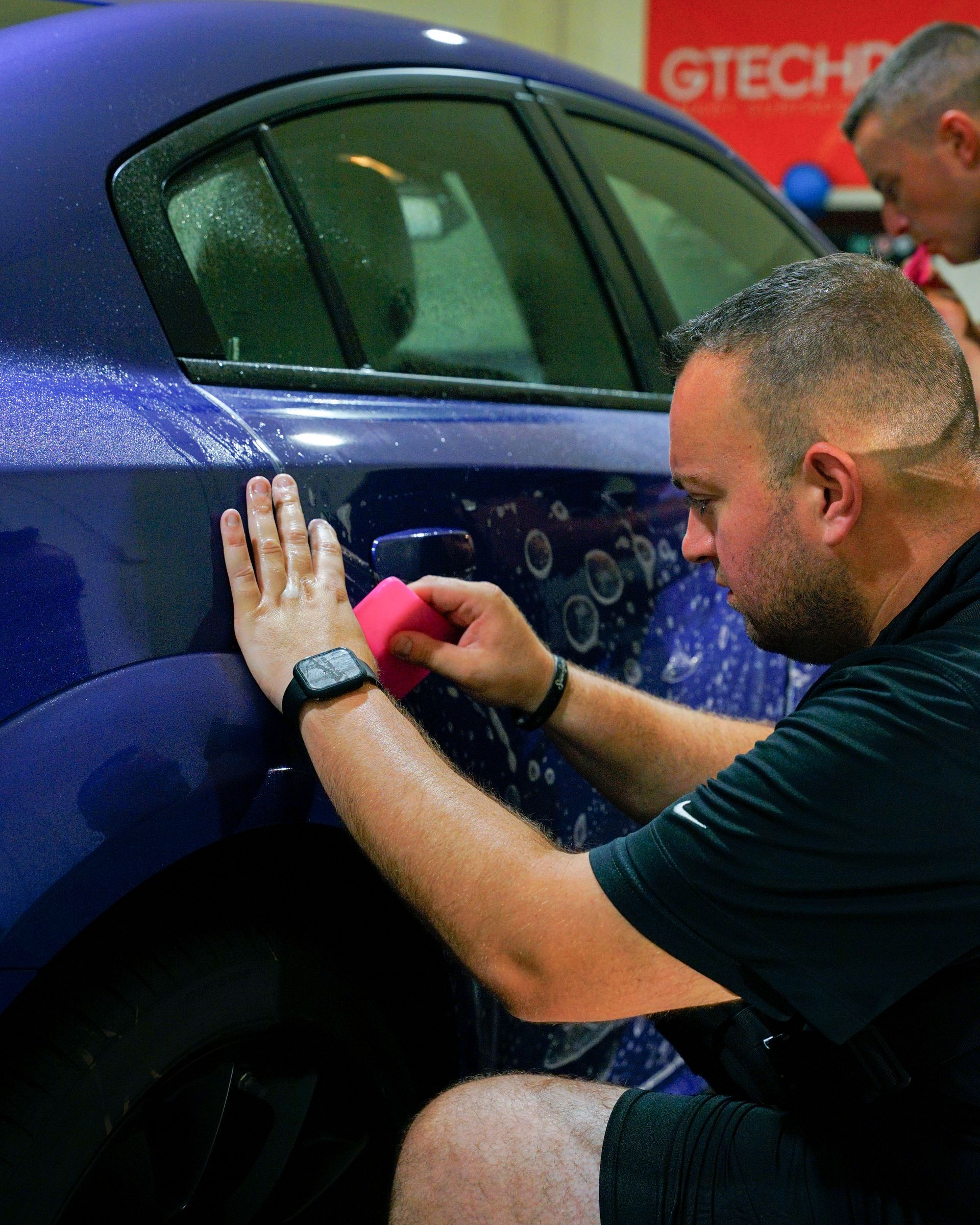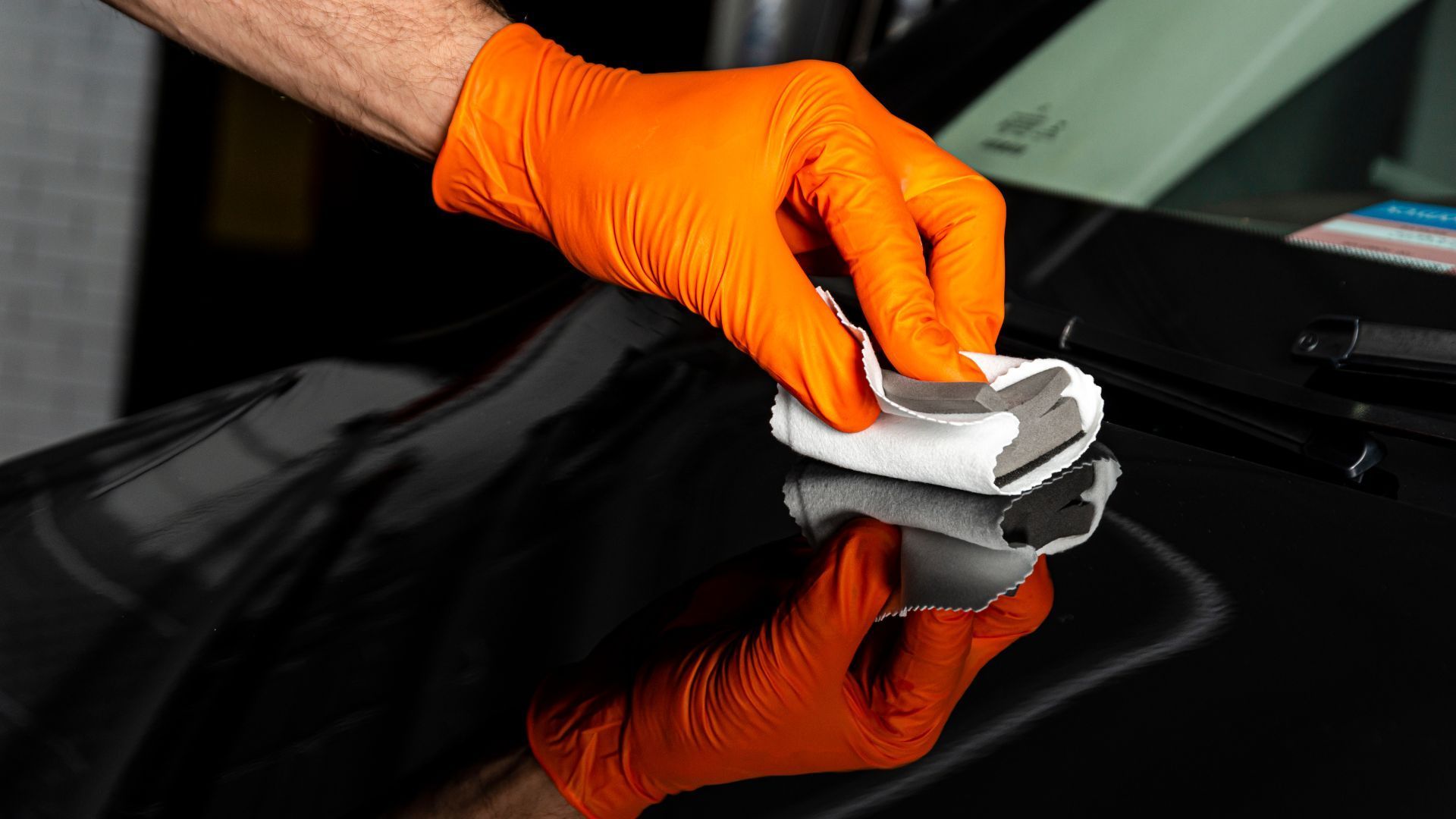When you're spending hours on the road, your vehicle takes a beating. From gravel roads to unexpected weather changes, the last thing you want is for your ride to start looking worn out. Fortunately, there's a way to keep your car protected and shiny, no matter where your journeys take you. By combining Paint Protection Film (PPF) with a ceramic coating, you're not just adding layers of defense; you're investing in the long-term beauty and value of your vehicle. In this article, we'll explore how this powerful duo works together to keep your car looking brand new—even after countless miles on the highway.
PPF and coating work in tandem to provide superior protection for vehicles; PPF acts as a durable barrier against scratches, chips, and road debris, while a ceramic coating enhances shine and adds hydrophobic properties, making maintenance easier. Together, they create a comprehensive defense system that keeps your vehicle looking new longer, ensuring both aesthetic appeal and long-term value.
Why PPF and Coating is Essential for Road Warriors
As a road warrior, enduring long hours on highways often leads to inevitable wear and tear on your vehicle. However, combining Paint Protection Film (PPF) with a high-quality coating forms a formidable shield against various external challenges.
Shield Against Physical Damage
At the forefront of this protective duo is PPF—a remarkably resilient thermoplastic urethane film that plays a significant role in absorbing impacts from stones, road debris, and minor collisions. Picture it as a robust skin for your vehicle; just like how we put on protective gear before participating in a risky sport, your car benefits immensely from such shielding. This film is flexible and has an impressive ability to recover its shape after enduring minor abrasions, making it an ideal solution for the unpredictable nature of the road.
Over time, this barrier preserves your vehicle's paint job by preventing unsightly scratches that can compromise the integrity of the exterior finish. By acting as a first line of defense, PPF protects against external damage and helps maintain the resale value of your car, allowing you to reap dividends during trade-ins or sales.
Guard Against Environmental Elements
While PPF serves its purpose against mechanical damage, coatings—especially ceramic ones—add another layer of protection by specifically targeting environmental contaminants. Have you ever parked under a tree only to return and find sap drenching your car? These chemical foes can be incredibly damaging over time if not addressed correctly.
Ceramic coatings offer exceptional resistance to these kinds of contaminants, including bird droppings and acidic rain. The application process transforms your vehicle's surface into a slick shield, repelling dirt and grime much more efficiently than traditional waxes. With this added benefit, cleaning becomes quicker and less labor-intensive since contaminants cannot easily bond with the surface.
Collectively, these protective measures create a comprehensive defense system for your vehicle, which is especially crucial for those who spend substantial time on the road. Let's now shift our focus to understanding the fundamentals behind these protective films.
Paint Protection Films (PPF) Basics
Paint Protection Films, or PPF, have indeed come a long way, with advances in technology making them more effective and durable than ever before. At its core, PPF is a high-grade, clear urethane film designed for direct application on a vehicle’s surface. This protective layer acts as a barrier against various types of damage—think scratches, chips from road debris, and even harmful UV rays that can fade your vehicle's finish over time.
When you install PPF, you're essentially giving your car an extra layer of skin that absorbs damage rather than your vehicle's paint. The film is specifically engineered to be tough yet flexible; it can conform to the unique curves of your car without compromising aesthetics. Quality installation is crucial because poorly applied PPF can lead to bubbles and peeling, further compromising your vehicle's appearance.
Types of PPF
Exploring the types of PPF offers insights into how each option caters to specific needs. Each type has its own perks tailored for various automotive enthusiasts. Standard PPF is the most widely used; while it offers solid protection and longevity, it lacks extra enhancements like self-healing abilities. On the other hand, self-healing PPF is ingeniously crafted so that minor scratches vanish over time when the film warms up, particularly in sunlight. This feature is particularly useful for folks who regularly see their cars subjected to the hardships of everyday driving or extreme weather.
Finally, there’s ceramic-infused PPF, which combines the robust defense of traditional films with the advanced properties of ceramic coatings. This combination not only protects against physical damage but also enhances water repellency and dirt resistance, ensuring the car remains cleaner longer. In choosing the right type of PPF, consider your driving habits and environment. If you frequently drive in areas with heavy traffic or construction zones, investing in a higher-end option could save costs on repairs in the long run.
Understanding these fundamental differences sets the stage for how vehicle treatments can further elevate protection strategies.
Automotive Coatings Explained
Automotive coatings, particularly ceramic and polymer coatings, have become essential for anyone looking to protect their vehicle while maintaining its pristine appearance. In essence, these coatings are liquid polymer solutions that bond chemically with the factory paint, creating a robust shield against various environmental hazards. Imagine being able to drive through rain or mud and having it simply bead off your car's surface—this is just one of the remarkable benefits these coatings offer.
Types of Coatings
Each type of coating has unique properties and advantages worth noting. Let’s take a closer look:
- Ceramic Coating: Widely regarded as the gold standard in automotive protection, ceramic coatings are celebrated for their hydrophobic properties, which mean they repel water and dirt efficiently. This feature not only makes routine cleaning easier but also means that water spots and grime are less likely to adhere to the surface. Once applied properly, ceramic coatings can provide years of durable protection, often lasting anywhere from two to five years or more depending on the application and environment.
- Graphene Coating: As a recent advancement in automotive technology, graphene coatings offer even greater durability than their ceramic counterparts. These innovative coatings provide stronger protection by forming a graphene oxide layer that boasts increased resistance to water spots. The addition of graphene enhances hydrophobicity further, making maintenance even simpler while potentially improving heat dissipation across the vehicle’s surface.
- Polymer Coating: Polymer coatings serve as a cost-effective solution when compared to ceramic or graphene options; however, they generally do not last as long. They provide decent protection against UV rays, contaminants, and oxidation but typically require reapplication every six months to one year. For those looking for an entry-level option without breaking the bank, polymer coatings might be a reasonable choice.
Regular application not only keeps your car looking fantastic but also preserves its resale value by protecting the underlying paintwork from wear and tear. When you combine these high-performing coatings with Paint Protection Film (PPF), you create a comprehensive defense system for your vehicle that enhances overall durability and aesthetic appeal. Understanding this synergy opens up insights into how this approach can optimize protection for those who depend on their vehicles day in and day out.
Benefits of Combining PPF and Coating
When you pair Paint Protection Film (PPF) with a high-quality coating, it's like creating an impenetrable fortress for your vehicle. The magic truly happens when these two technologies work together, providing benefits that exceed their individual capabilities. For instance, while PPF acts as a physical barrier against scratches and chips, the coating offers an extra layer of protection that guards against harmful environmental agents like UV rays, bird droppings, and road salt. This dual-layer approach not only enhances protection but also prolongs the lifespan of both the film and the coating itself.
- Enhanced Durability: One might wonder how such a combination impacts durability. PPF is excellent at keeping physical damage at bay, yet it can degrade over time if exposed to harsh conditions without additional support. Adding a ceramic or polymer coating strengthens this shield by minimizing wear and tear on the PPF, allowing it to resist abrasion and maintain its integrity for a longer period. This synergy results in enhanced durability, preserving both layers from fading or showing signs of age.
- Improved Appearance: The glossy finish provided by the coating makes the PPF almost invisible, significantly enhancing the car’s aesthetic appeal. Beyond just beauty, this gloss can also shed water more effectively due to the hydrophobic nature of many modern coatings. This means less staining and spotting from watermarks and road grime—another reason why combining these products yields unmatched results. To keep enjoying these remarkable benefits, however, adopting proper maintenance practices is crucial.
- Longevity Through Care: Regular maintenance of both your PPF and coating is key to ensuring that they perform optimally over time. Simple washes using pH-neutral soap help prevent buildup that could harm their effectiveness. Additionally, periodic inspections provide the opportunity to address any issues before they lead to greater concerns. By maintaining this regular upkeep and being proactive about care, you not only save your vehicle from potential deterioration but also maximize the return on investment you've made in its protection.
With this foundation laid on effective protection strategies, let’s shift our focus to essential practices that will ensure your investment remains in top condition for years to come.
Maintenance Tips for Long-lasting Protection
Ensuring that your combined PPF and coating remain effective requires consistent attention. Just like a plant flourishes with regular watering, your vehicle thrives on careful maintenance. Regular washing is the cornerstone of this care. Utilizing pH-balanced car shampoos ensures the protective layers stay intact. These gentle cleansers eliminate dirt without stripping away the vital protections.
Pair this with a microfiber wash mitt to avoid scratches—it's like giving your car a soft, loving hug rather than a rough scrub. A simple tip: Schedule these washes biweekly. Setting a reminder can ease this task into your routine, preventing any buildup that could damage those protective layers over time. After you've washed away the grime, there’s an important follow-up step that many overlook—post-cleaning care. Drying thoroughly is crucial; using a blower can help eliminate water spots, while microfiber towels absorb any moisture left behind. Think of it as polishing your work after crafting a masterpiece; the details really matter.
Regular inspections play an equally critical role in management. Look for any cuts or damages on the PPF, and if you spot something minor, address it immediately. Small issues can escalate rapidly—the last thing you want is to compromise the integrity of your protection because you let something slip through the cracks.
- Reapplication Strategy: Coating reapplication is another strategy to keep your vehicle shielded and looking fresh. Over time, coatings wear thin due to environmental exposure; doing this every 1-2 years allows you to replenish that resilience. Using high-quality ceramic or graphene coatings can extend life beyond baseline expectations—much like putting on a new coat of paint but with dramatic benefits against the elements. However, not all cleaning products are created equal, and knowing what to avoid can significantly lengthen the durability of your protective layers.
- Avoiding Harsh Chemicals: Harsh chemicals don’t mix well with PPF and coatings. Using abrasive cleaners or solvents is like pouring acid on protective skin; it strips away safeguards that ensure long-lasting appeal. Always check labels for non-abrasive formulations before use and steer clear of any solutions labeled as aggressive or harsh.
By following these maintenance tips diligently, not only will your vehicle maintain its aesthetic charm, but it will also ward off detrimental wear and tear, preserving its value for years to come. With proper care routines in place, you're equipped to protect your investment effectively. Let's shift focus now to selecting the optimal combinations that enhance both protection and convenience.
Get Professional Installation
While DIY installations exist, a professional touch ensures optimal results. Think about this—what good is high-quality PPF if it isn’t applied correctly? A perfect application prevents issues such as peeling edges or trapped air bubbles that compromise protection. Opting for a professional service often includes warranties that safeguard your investment, giving you peace of mind.
By considering all these tips—your driving environment, trusted brands, and professional installation—you position yourself to select the best PPF and coating combo available on the market today. Combining thoughtful choices leads to well-rounded protection that keeps your vehicle looking pristine despite all the miles you'll cover ahead. Taking the time to make informed decisions can ensure that your vehicle remains both beautiful and protected for many journeys to come.
Unmatched Ceramic Coating in Cherry Hill, NJ
M&G Automotive Detailing in Cherry Hill, NJ, provides top-tier ceramic coating services that deliver long-lasting protection and a stunning finish for your vehicle. Our advanced ceramic coatings act as a shield against the elements, keeping your car’s paint looking brand new by repelling dirt, water, and contaminants. With our expert application and attention to detail, your vehicle will stay protected and maintain a brilliant shine, making every drive feel like the first. Invest in the best protection for your car today!

